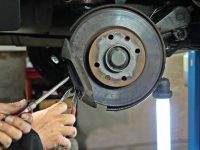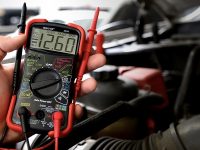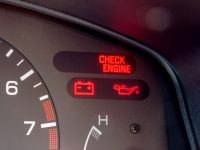How to Interpret Your Car’s Brake System Diagnostics

Your car depends on safe brakes. Brake diagnostics reveal signs of wear and stress. Many drivers ignore early warnings. A small light on the dashboard can mean deeper trouble. Modern cars have built-in sensors for detection. They read fluid pressure and pad condition. They track temperature and response time. These signals can prevent costly damage. Understanding them is vital for safety. Each reading tells a story about performance. It helps a driver act before failure. So hiring the Auto Repair in Goshen, IN based services such as Doug’s Alignment and Complete Auto Care would be the best idea there.
Understanding Brake Warning Indicators
A brake warning light often appears first. It means the system detected a fault. The fault can involve fluid levels or sensors. The message may also mean uneven pressure. If the pedal feels soft it signals air inside. If it feels stiff friction may be high. A quick check can spot the issue. Reading the exact code helps identify the cause. Many small faults link to simple wear. Early attention keeps the parts strong longer. Basic knowledge saves future expense and stress.
Analyzing Brake Fluid Levels
Brake fluid is vital for control. It transfers power from pedal to pad. Diagnostics measure the pressure and flow rate. A drop shows a leak or low level. Contaminated fluid can change reaction time. It may hold air or water inside. Moisture weakens braking power and speed. Replacing old fluid keeps the system smooth. Regular checks help maintain balance and grip. A sensor reading outside the safe line needs action. Clean and fresh fluid supports from Doug’s Alignment and Complete Auto Care quick stops every time.
Reading Brake Pad and Rotor Data
Pads grip the rotors to stop motion. Diagnostics test thickness and surface heat. Low thickness means slow response. Heat readings show friction health. Uneven wear points to alignment faults. A sensor can detect grinding metal contact. That sound needs fast inspection. Smooth rotors mean stable braking. Warped rotors shake the wheel. Regular data scans confirm pad condition. Replacing worn pads prevents rotor damage. Balanced parts give steady and quiet stops always.
Recognizing the Value of Brake Diagnostics
A diagnostic test protects the driver and passengers. It builds confidence in every trip. The readings guide timely service and replacement. They help avoid sudden failure or long repair. Each signal gives a clue about safety. Each response ensures steady motion and peace. Simple attention today prevents big trouble tomorrow. A driver who understands the data drives safer always. The brake system speaks through those alerts. Listening to them secures every journey and every life.







